Blog
5 Reasons To Cycle The Atlantic Way
The last section of the Canada Coast to Coast cycling adventure, ‘Atlantic Way‘ stretches 1320 km from Montreal to Halifax, passing through the provinces of Quebec, New Brunswick and Nova Scotia.
Here are 5 reasons to ride along:
1 – Québec City
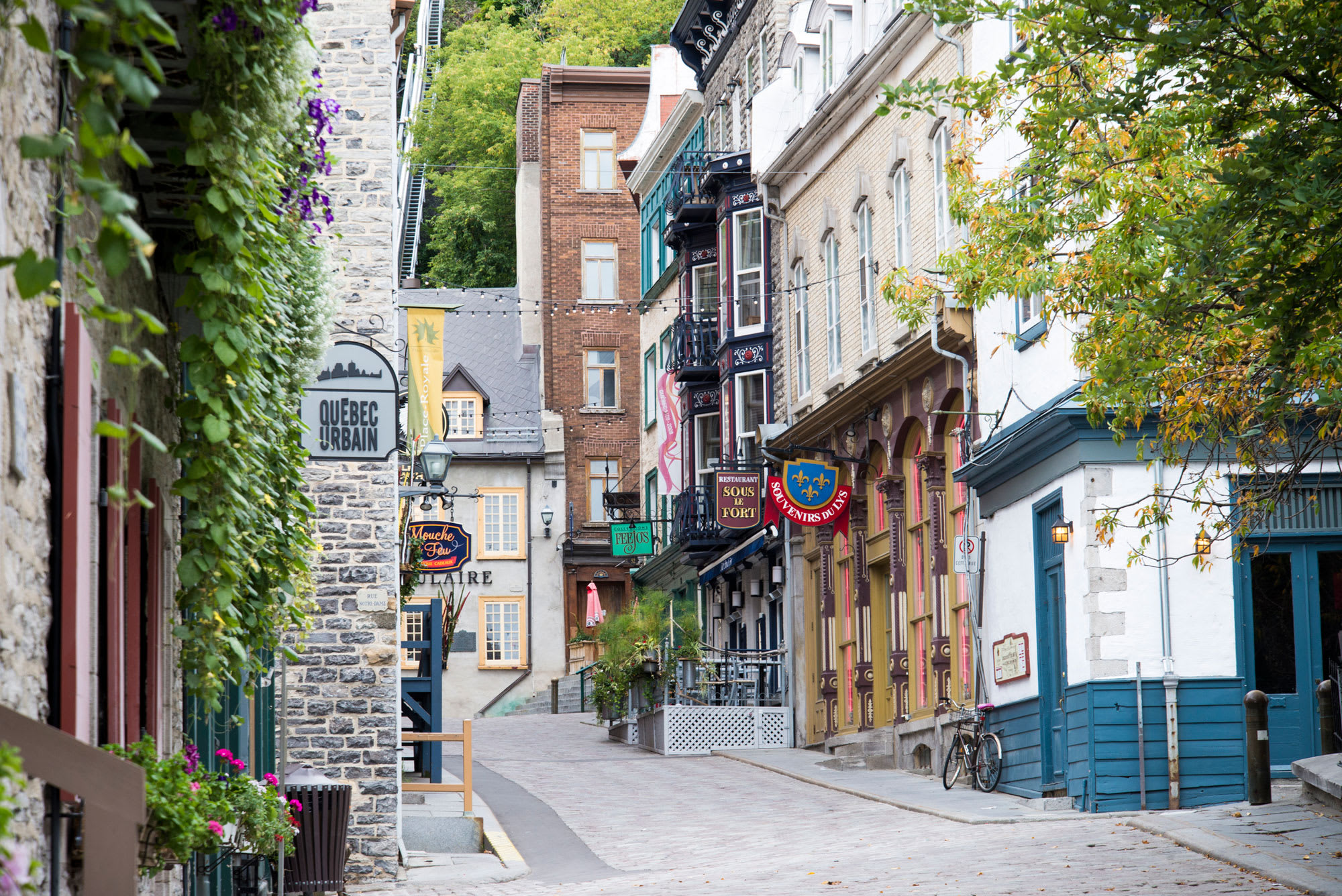
Vieux Québec
Québec City is a little piece of Europe in North America. It is situated high up above the St Lawrence River resulting in some amazing views and its skyline is dominated by the historic Chateau Frontenac hotel. Founded in 1605 by Samuel de Champlain, its old town (Vieux Québec) is a UNESCO World Heritage site and is a warren of cobblestone streets lined with charming restaurants and shops. During the summer months, the streets are filled with buskers and musicians and in the winter it is the centre for the city’s world famous Winter Carnival. The old city is surrounded by fortified walls and features a number of architectural gems including the Citadel de Québec and the Notre-Dame de Québec Basilica-Cathedral.
2 – St Lawrence River
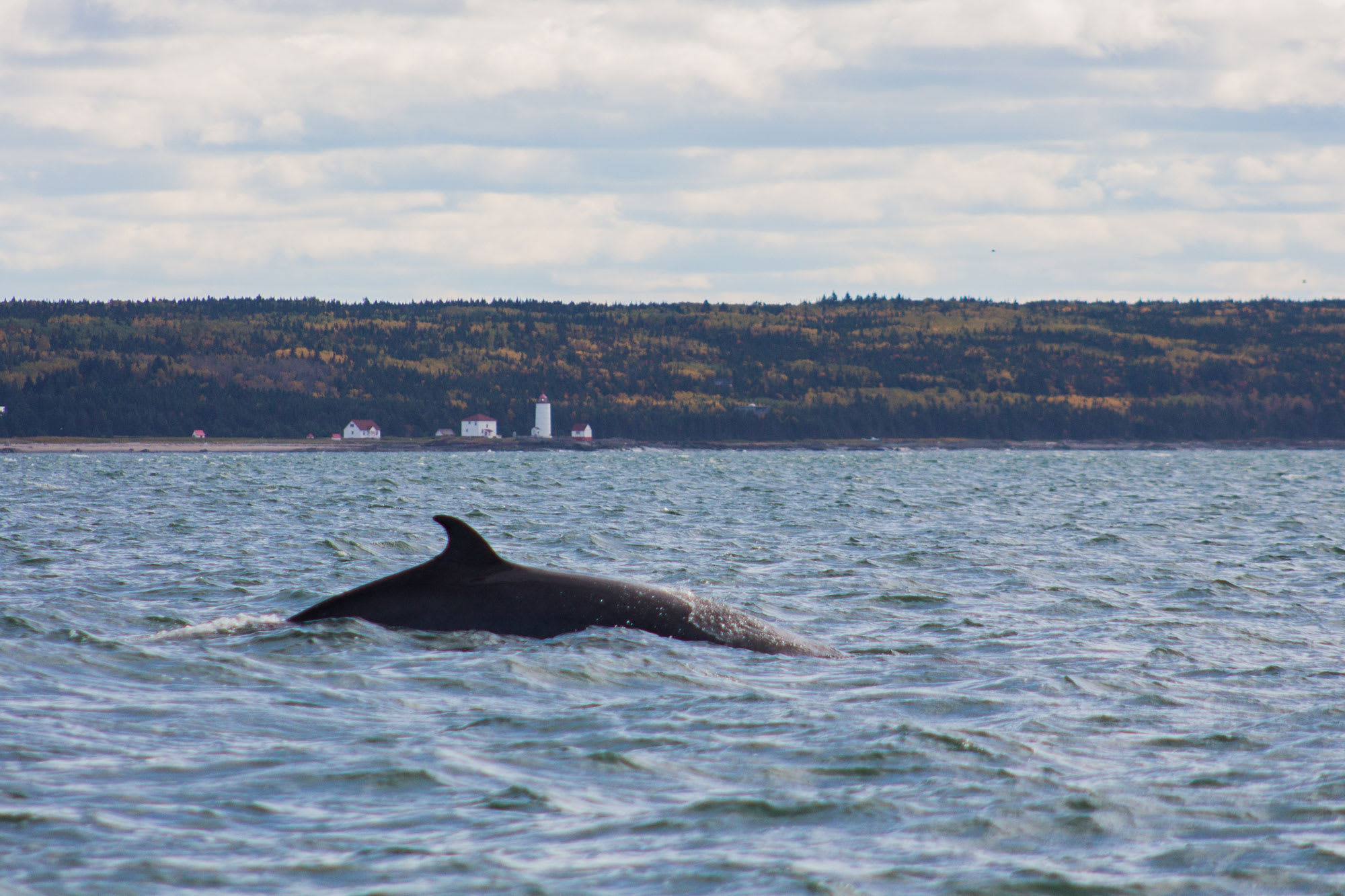
Whale watching
The mighty St Lawrence River runs about 1200 km from the Atlantic Ocean to Lake Ontario. Until the 1950’s the river was only navigable up to Montreal but the creation of the St Lawrence Seaway by the end of that decade allowed shipping to continue past that city and on into the Great Lakes. One of the most interesting things about the river is the presence of a large number of whales in its waters. There are 13 species including belugas, right whales, humpbacks and even the immense blue whale, the largest animal on the planet. Some of the first Europeans were Spanish Basques who sailed in the St Lawrence to hunt for these creatures. Nowadays whale watching is a very popular activity and local and national governments are working to save the endangered right whale from the hazards created by the shipping industry.
3 – Bay Of Fundy
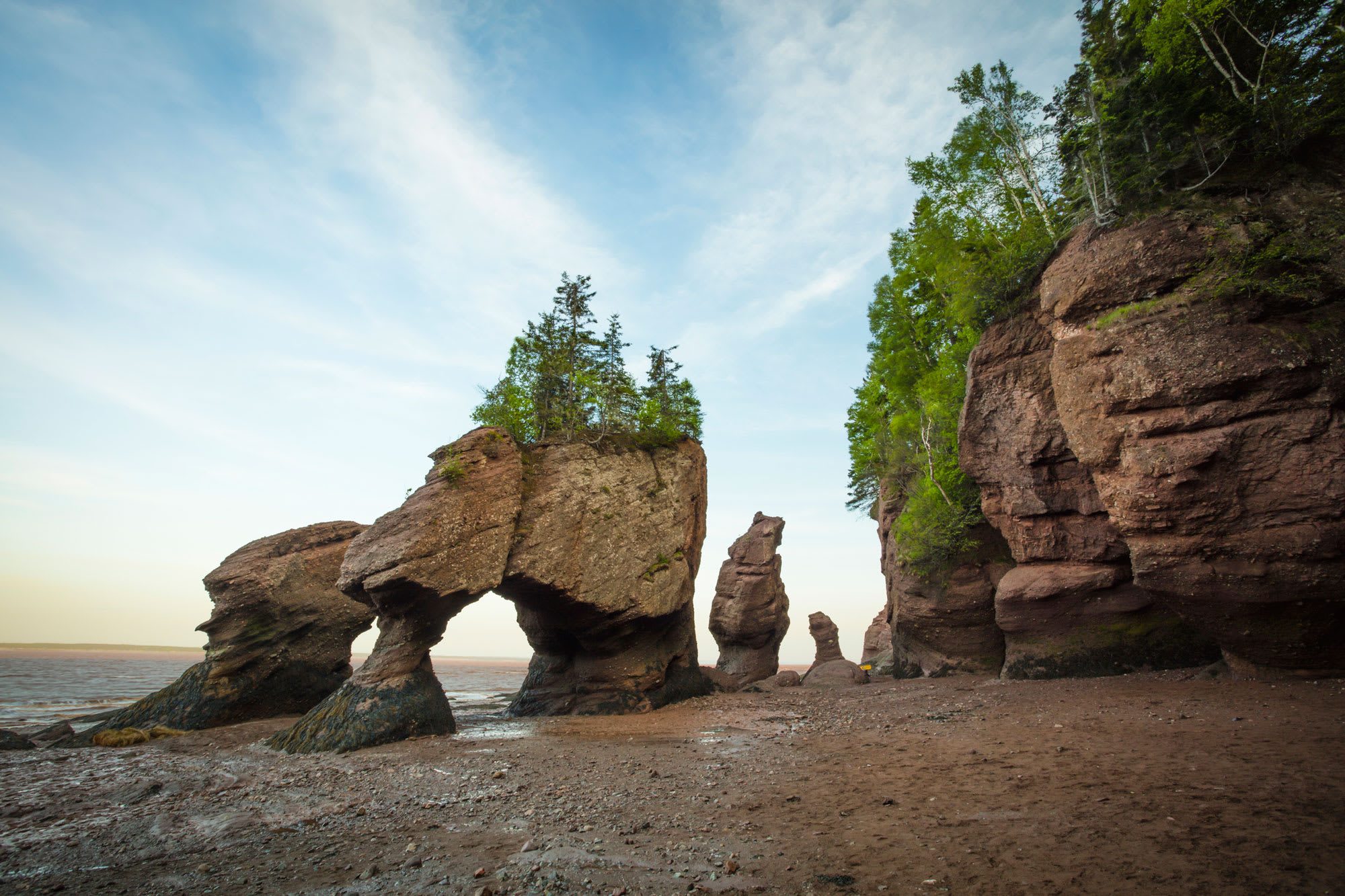
Hopewell Rocks
Measuring in at up to an incredible 16 m and occurring 4 times a day, the Bay of Fundy has the highest tides on Earth. Unbelievably, according to Wikipedia, “In one 12-hour tidal cycle, about 100 billion tonnes of water flows in and out of the bay, which is twice as much as the combined total flow of all the rivers of the world over the same period.” They create vast mudflats at low tide, allowing people to explore the Bay’s floor and leaving lonely flowerpot islands high and dry…until the tide returns. The tides also create the ‘reversing falls’ on the Saint John River where the water actually is forced back up over the falls – a rather incredible sight. The Bay is also well known for its resident whales and for its abundant fossils, the latter best explored at low tide, as you can imagine!
4 – Seafood
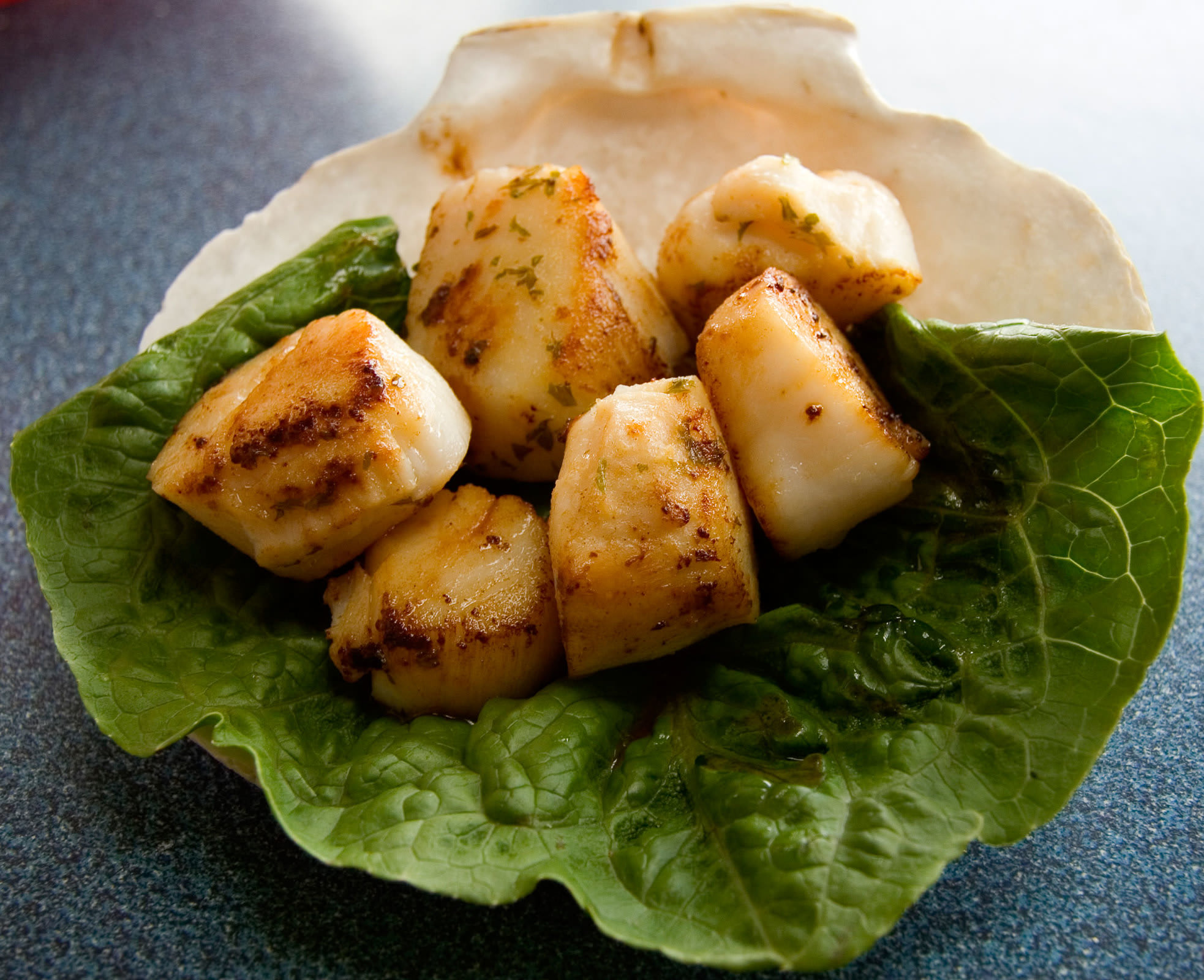
Digby scallops
Fresh, straight from the sea, lobster, crab, cod, mussels, halibut and salmon are all something for cyclists to eagerly look forward to at the end of a day’s ride as they pedal through New Brunswick and Nova Scotia. But the seafood highlight has to be scallops, and not just any scallops, they have to be Digby scallops. Now anyone who has watched one of Gordon Ramsey’s cooking shows certainly knows that these appear to be very tough (pun intended) to cook. However, when the cyclists arrive in Digby for lunch after ferrying across the Bay of Fundy, they will be able to enjoy what are probably the world’s best scallops. They could be seared at Ed’s Take Out or fried at the Crow’s Nest or in a chowder at the Sydney Street Pub but whichever restaurant they choose, the riders are in for a rare and delicious treat!
5 – Halifax
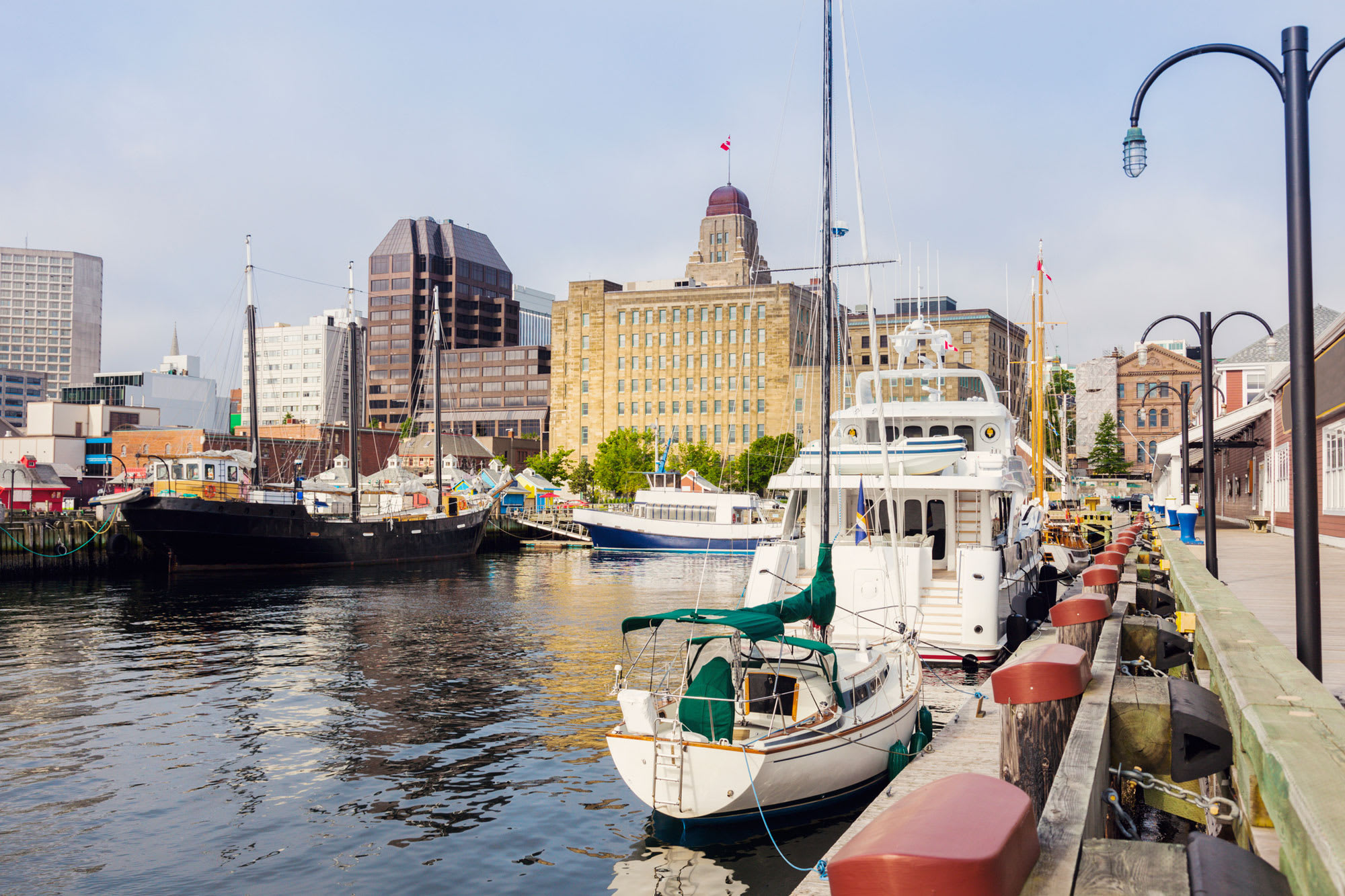
Halifax harbour
The Atlantic Way comes to a close in Halifax, the capital of Nova Scotia. This port city has a long and varied Maritime history. It was from this city in April of 1912 that the first search and rescue ships where dispatched when the ‘unsinkable’ Titanic went down. In December of 1917, two vessels, one of them carrying munitions, collided just outside the harbour. The resulting explosion, the most powerful in the world before nuclear weapons, killed over 2,000 people and devastated parts of the city. Today, the peaceful harbour boasts a wonderful 3 km long wooden boardwalk allowing people to stroll along the scenic waterfront while exploring a couple of fascinating sites – the Pier 21 Immigration Museum and the Maritime Museum of the Atlantic.
RELATED
TOUR
 REGISTER NOW
REGISTER NOW




1 Comment for "5 Reasons To Cycle The Atlantic Way"
I remember when the 2010 North American Epic passed thru Nova Scotia. We camped at Parker’s Cove on the shore of the Bay of Fundy. When we got to Halifax , one of the staff spent his rest day at the Immigration Museum researching his genealogy. Seafarer Brett combed thru the Maritime Museum and visited the Titanic grave site.